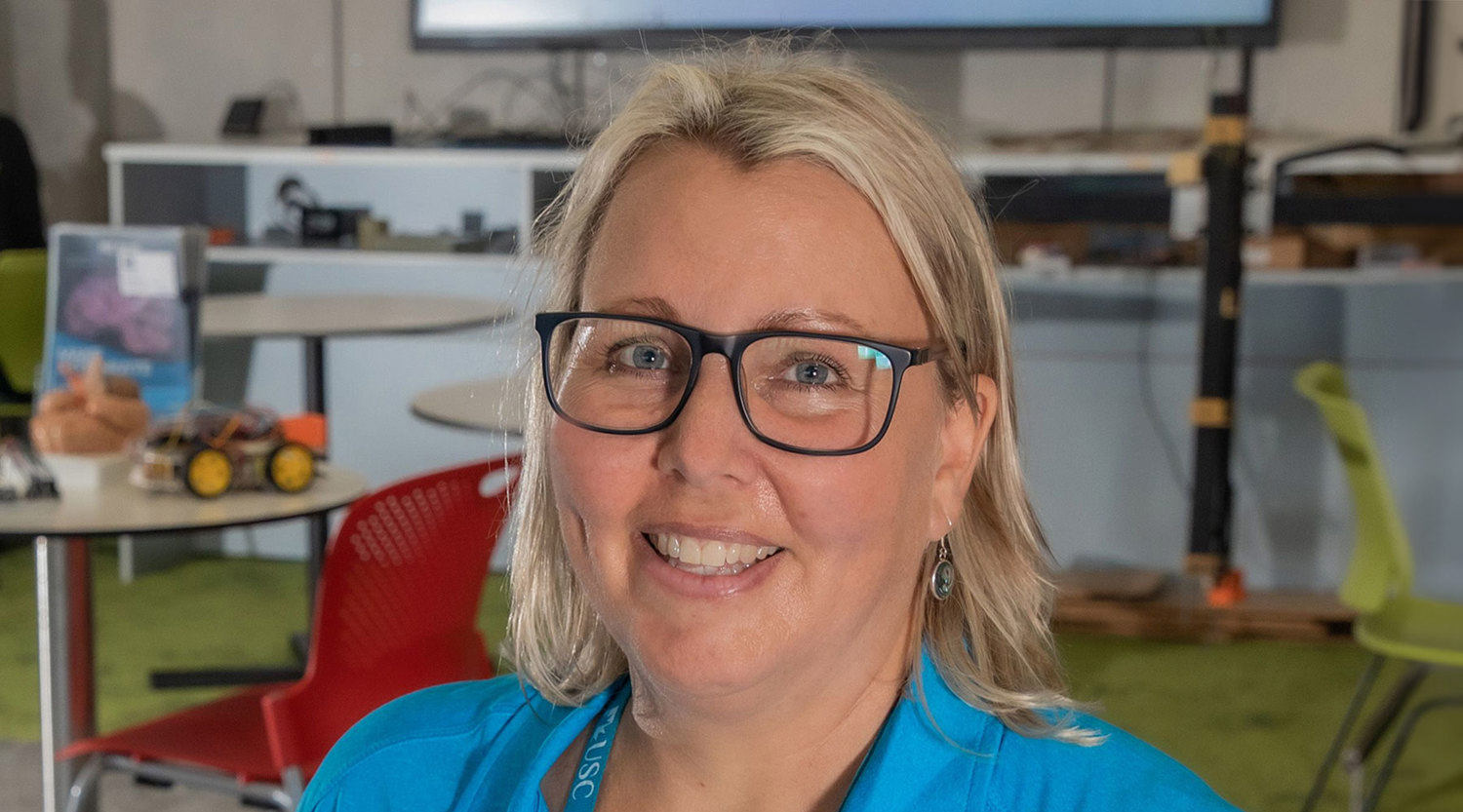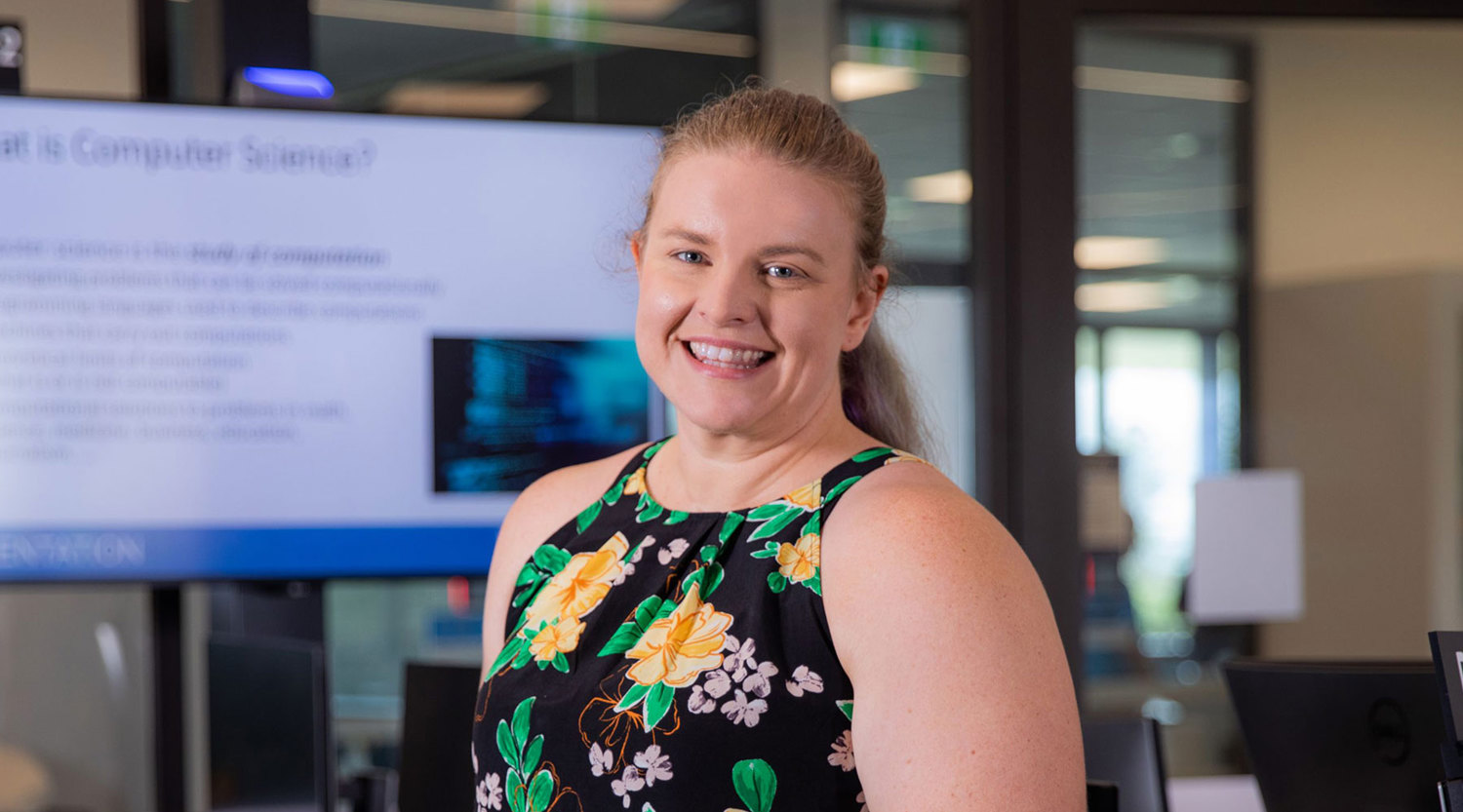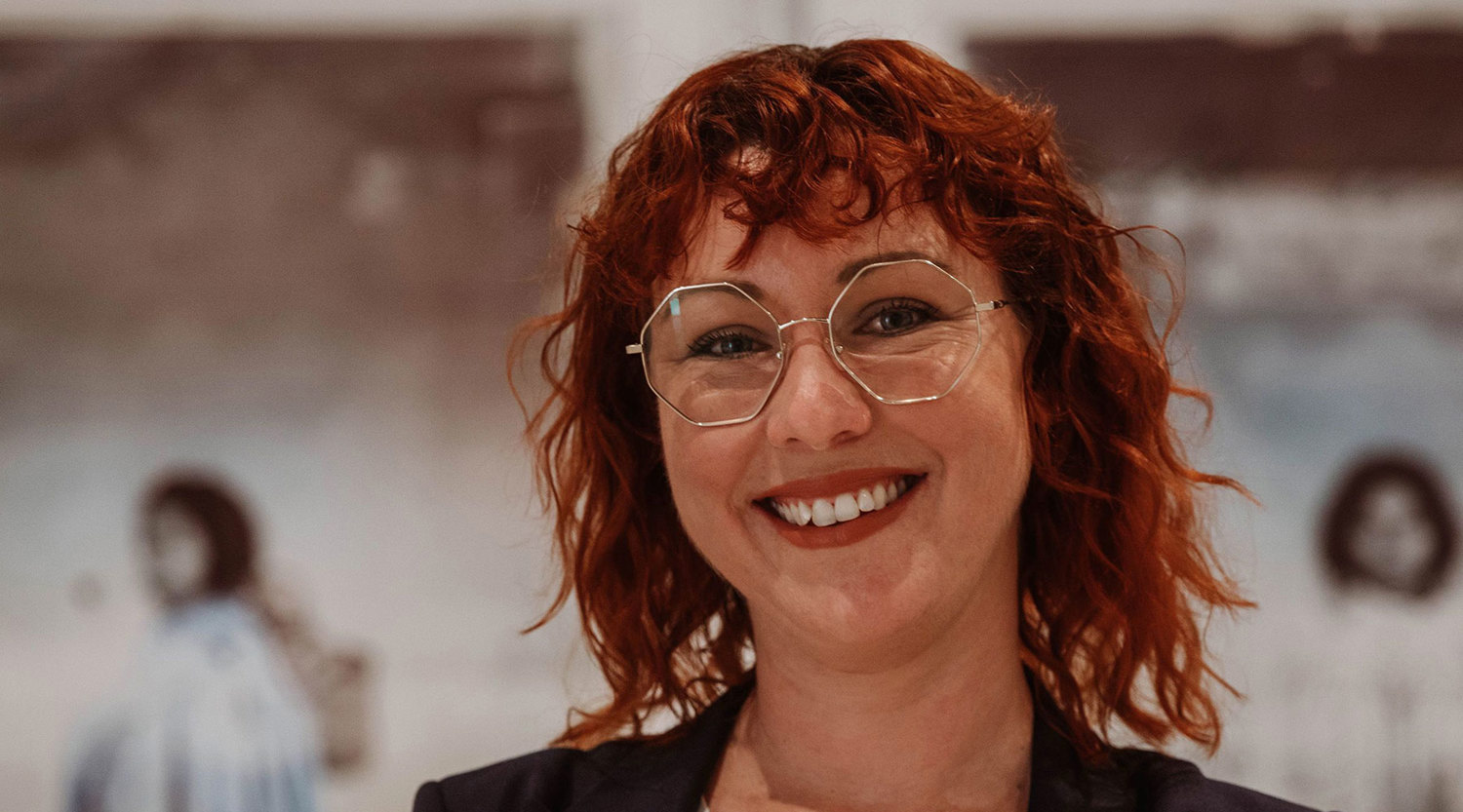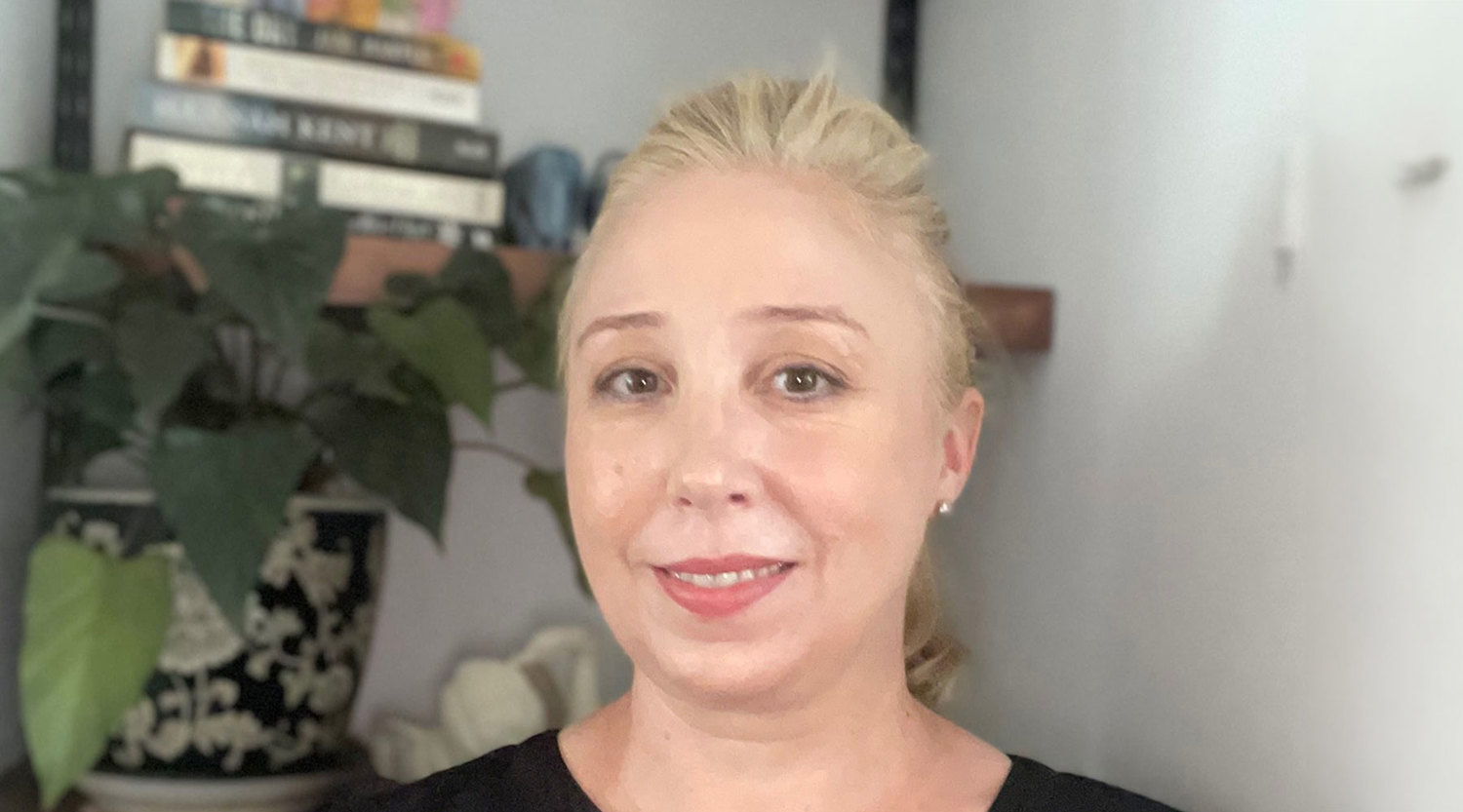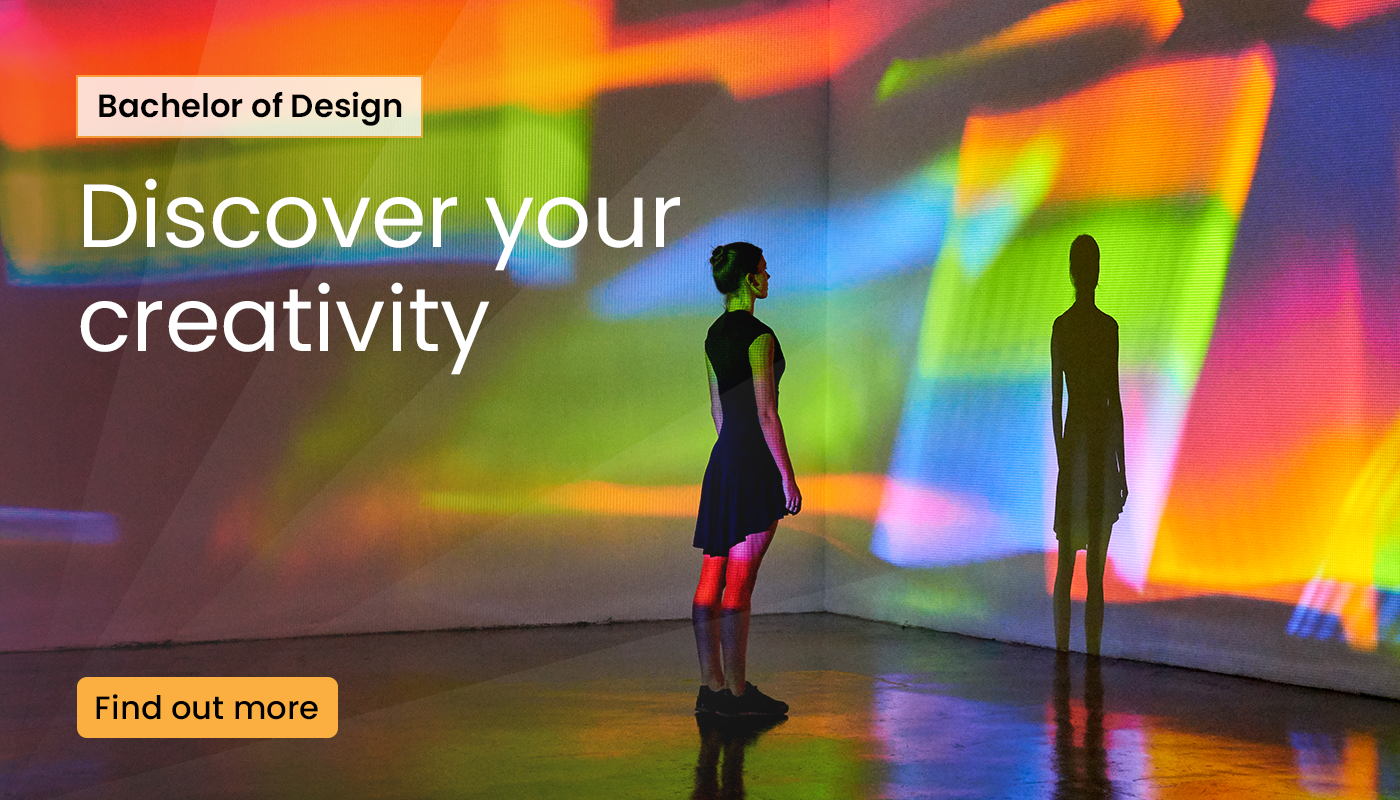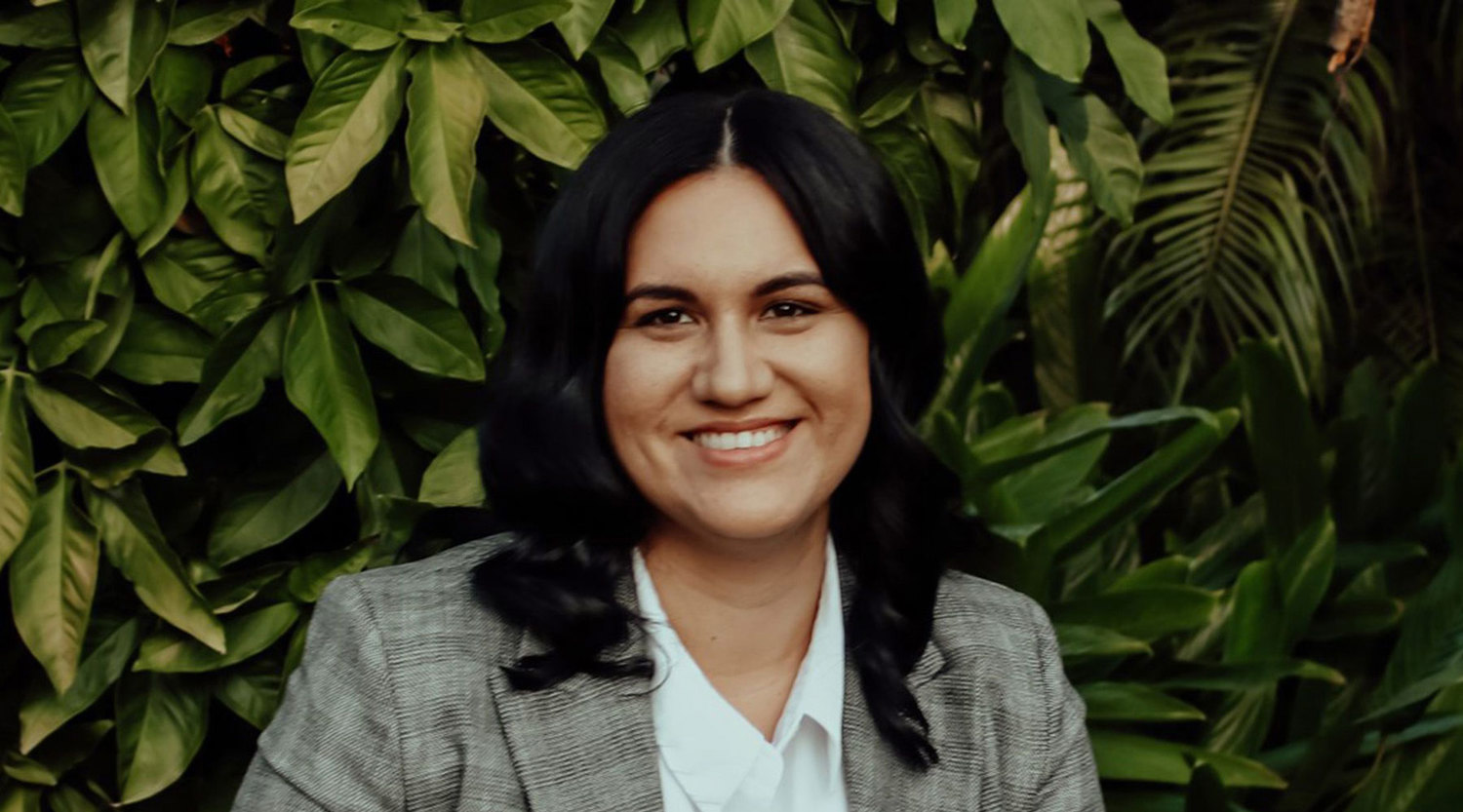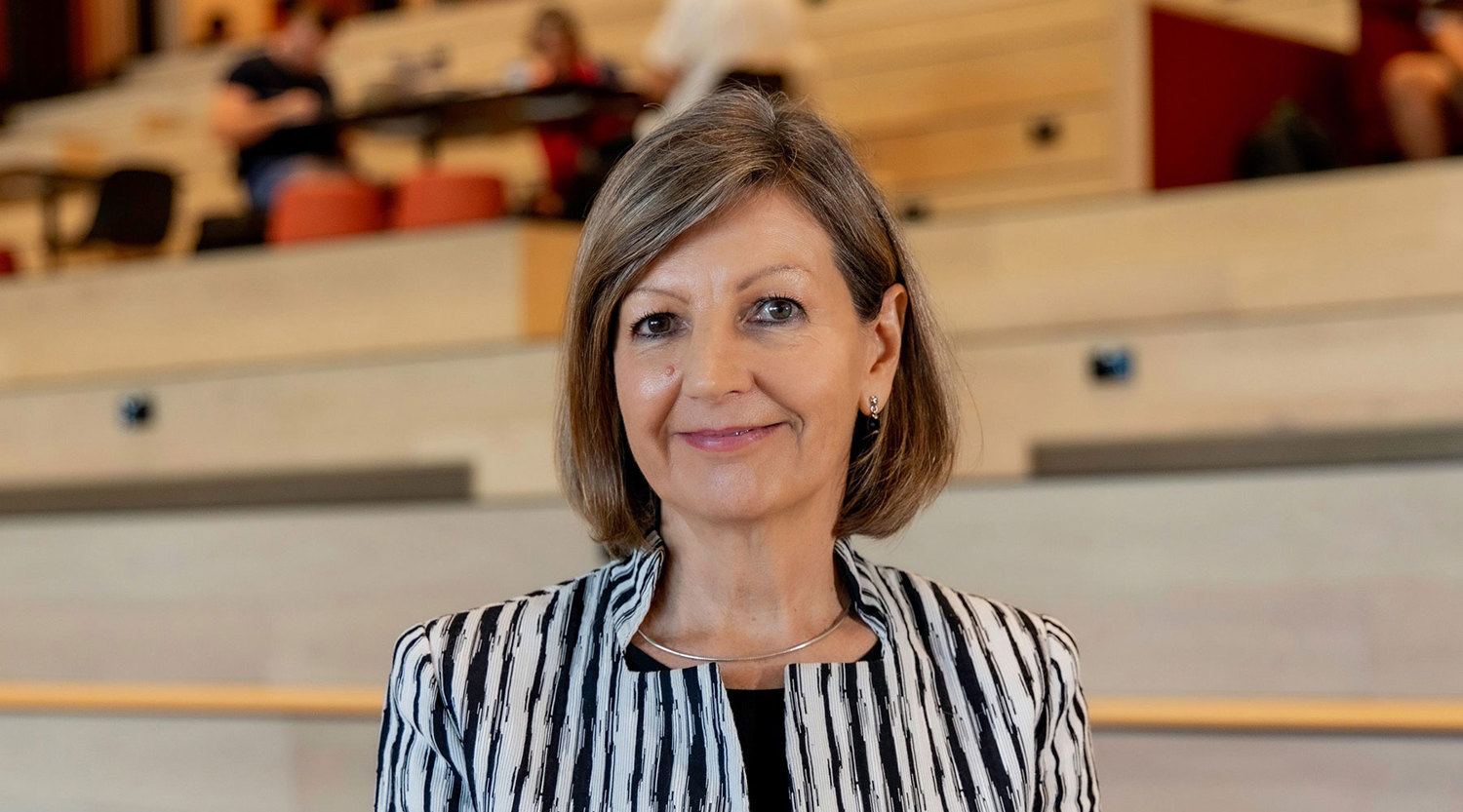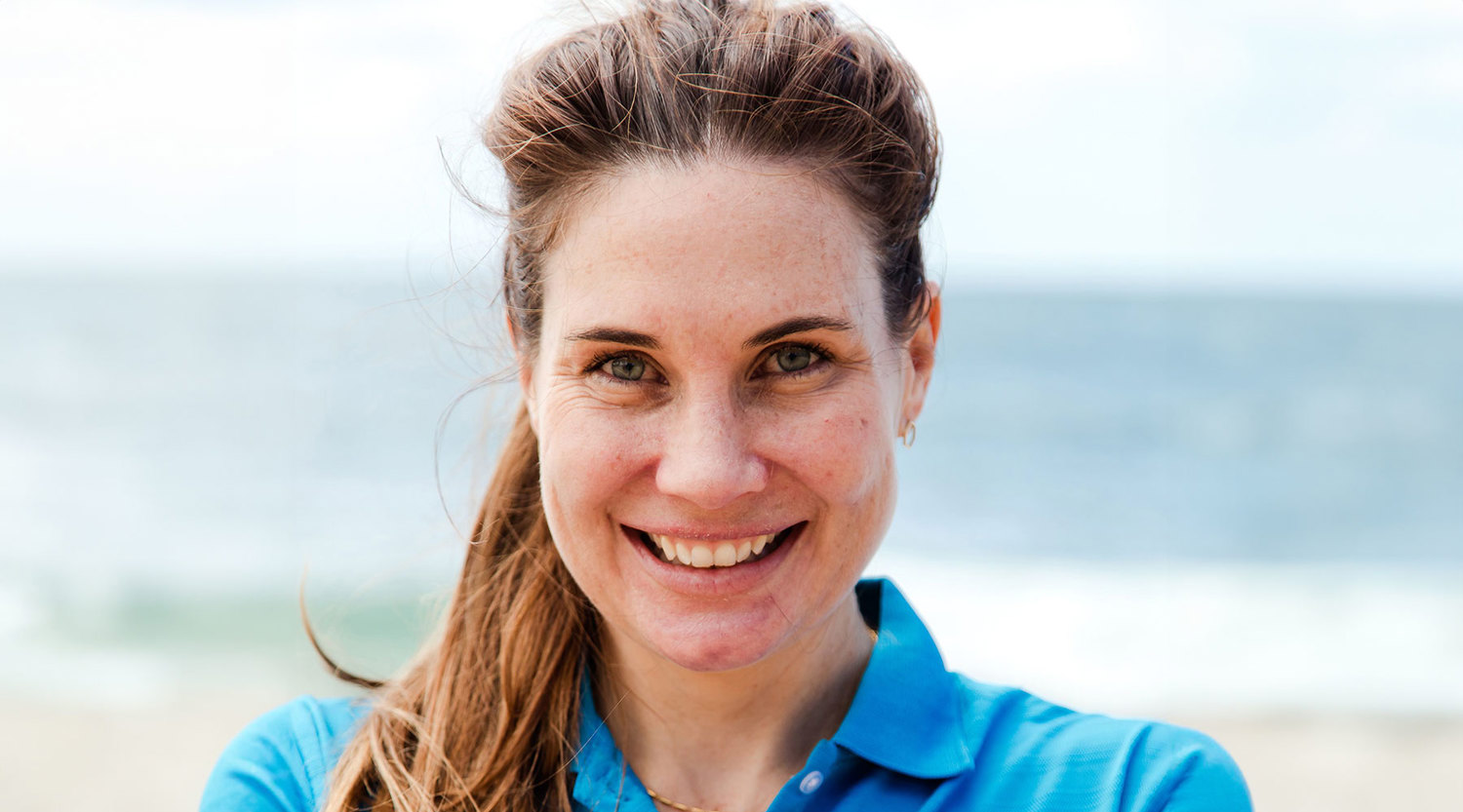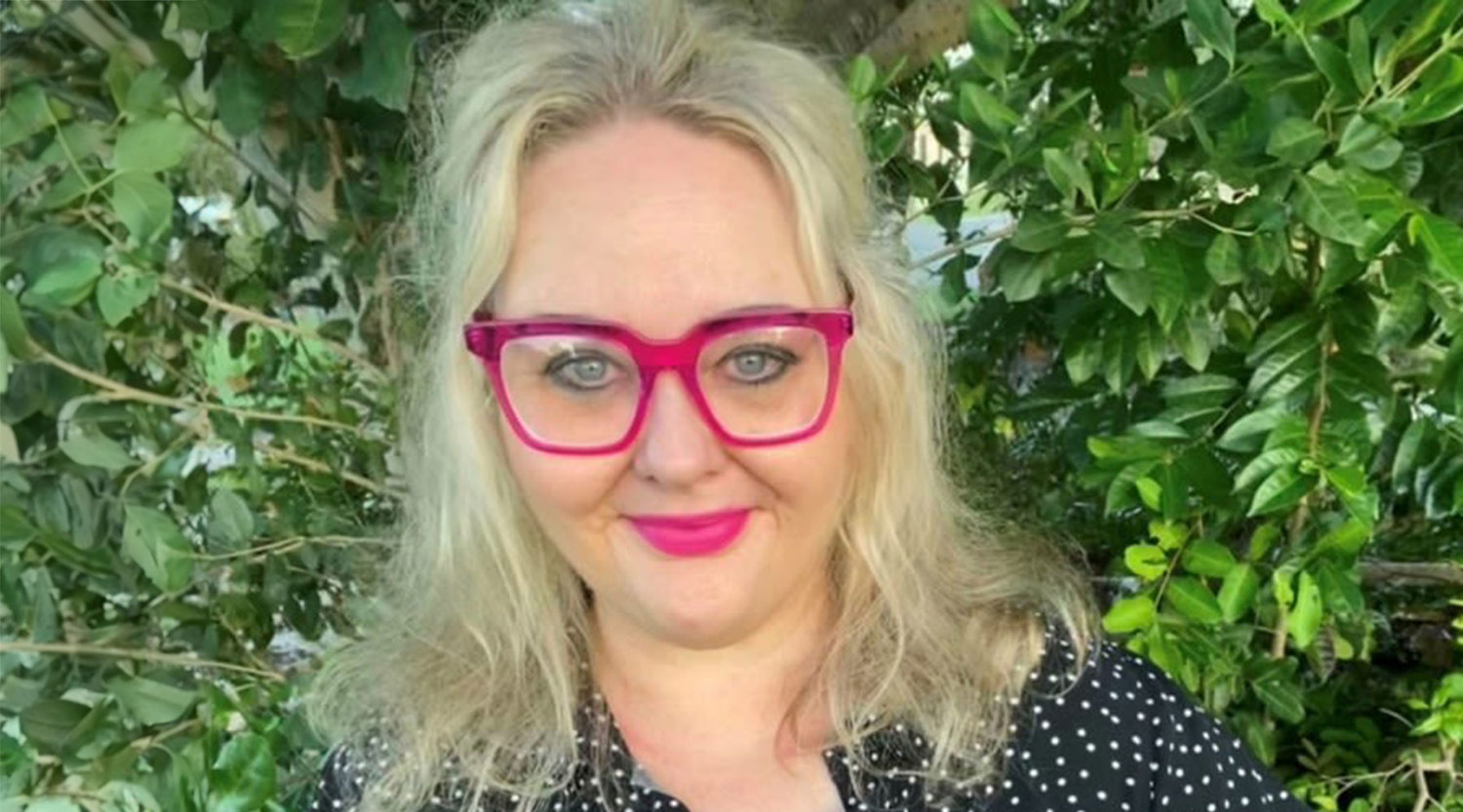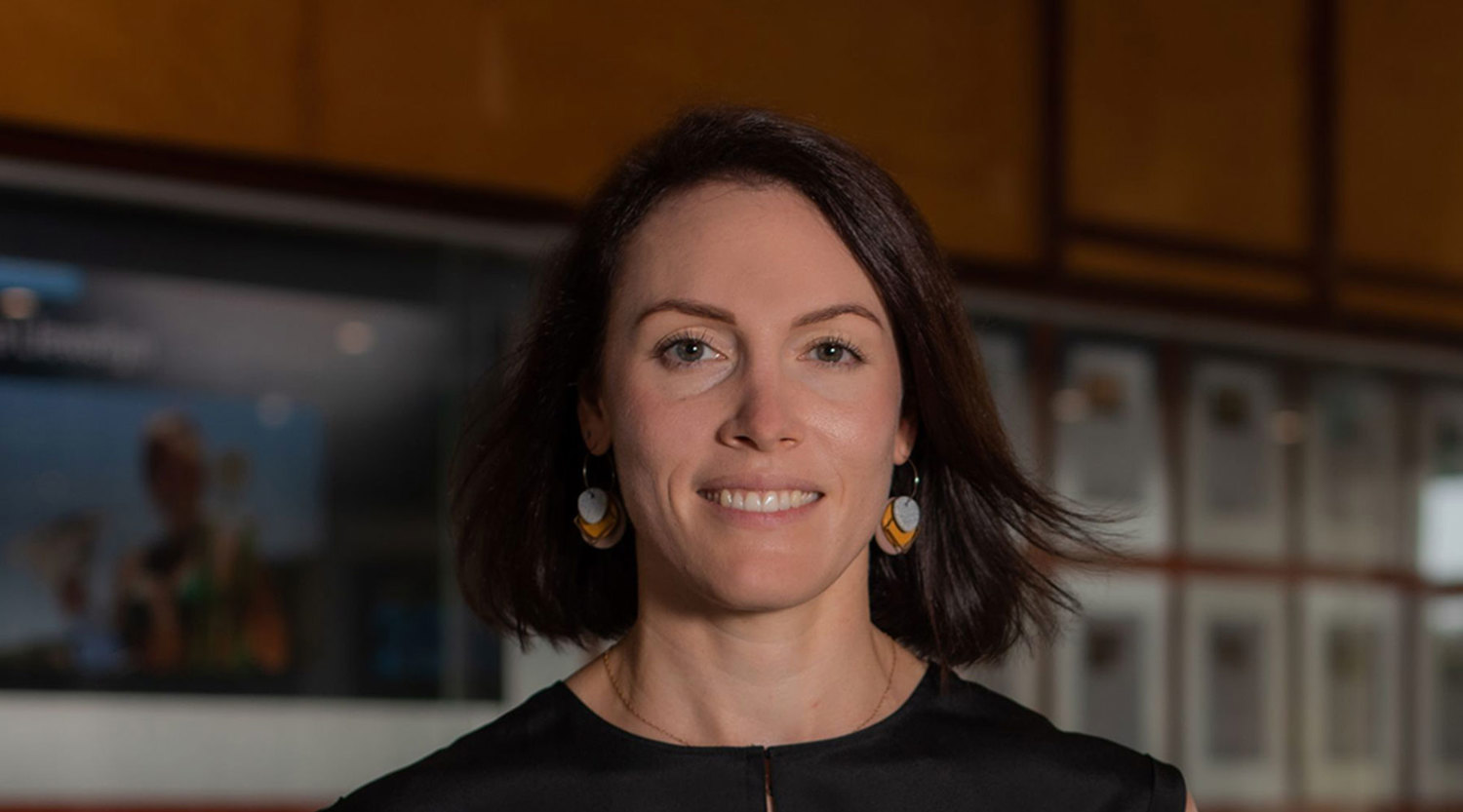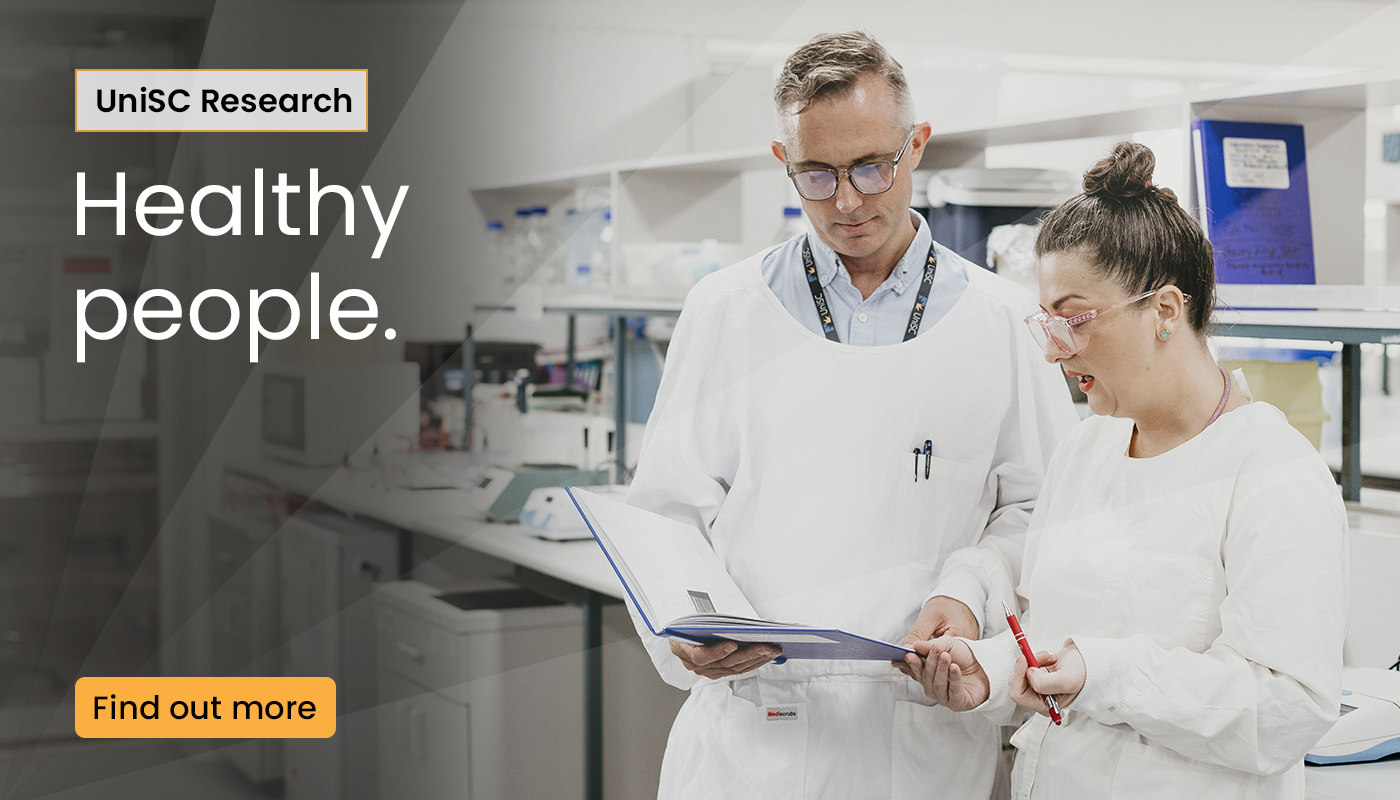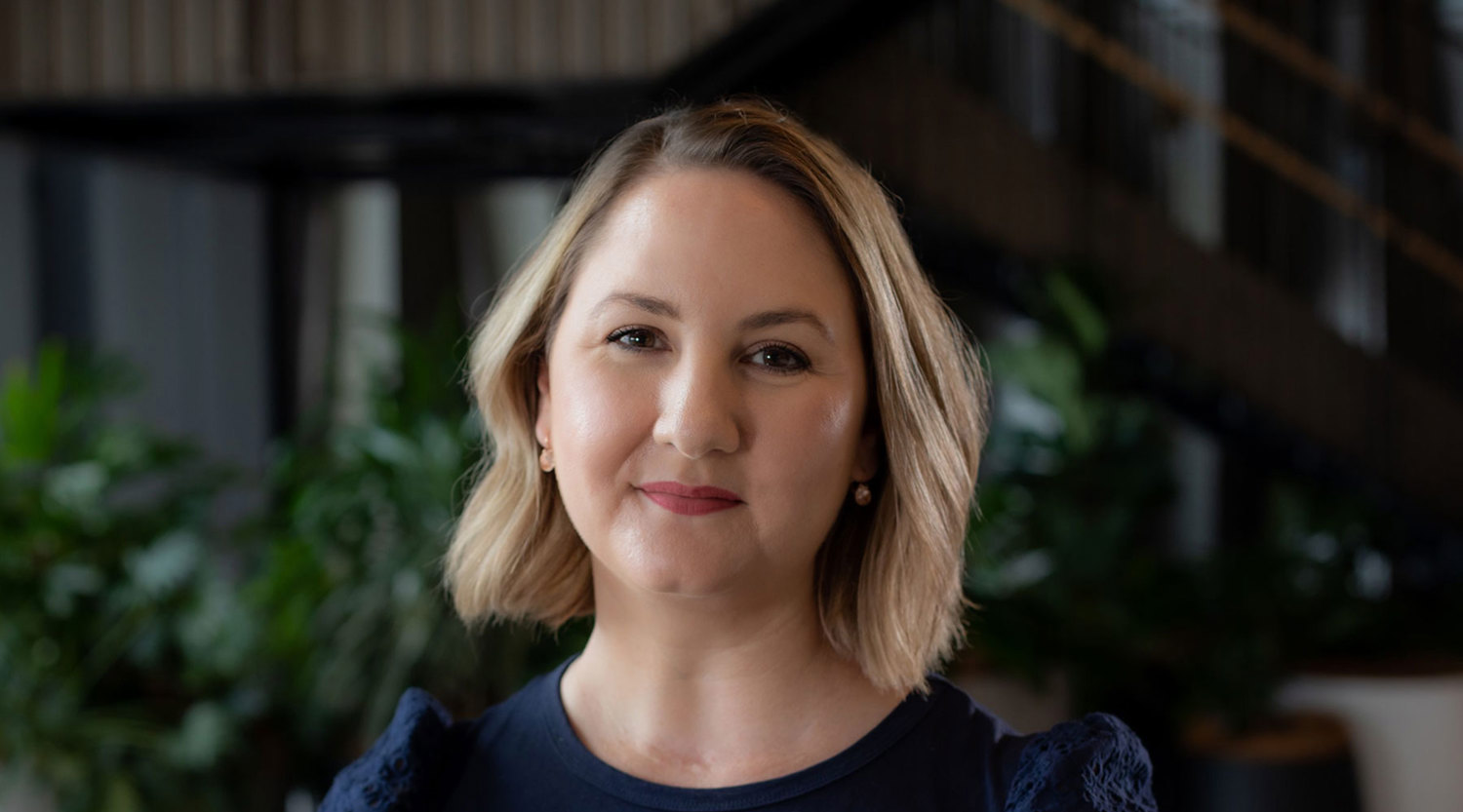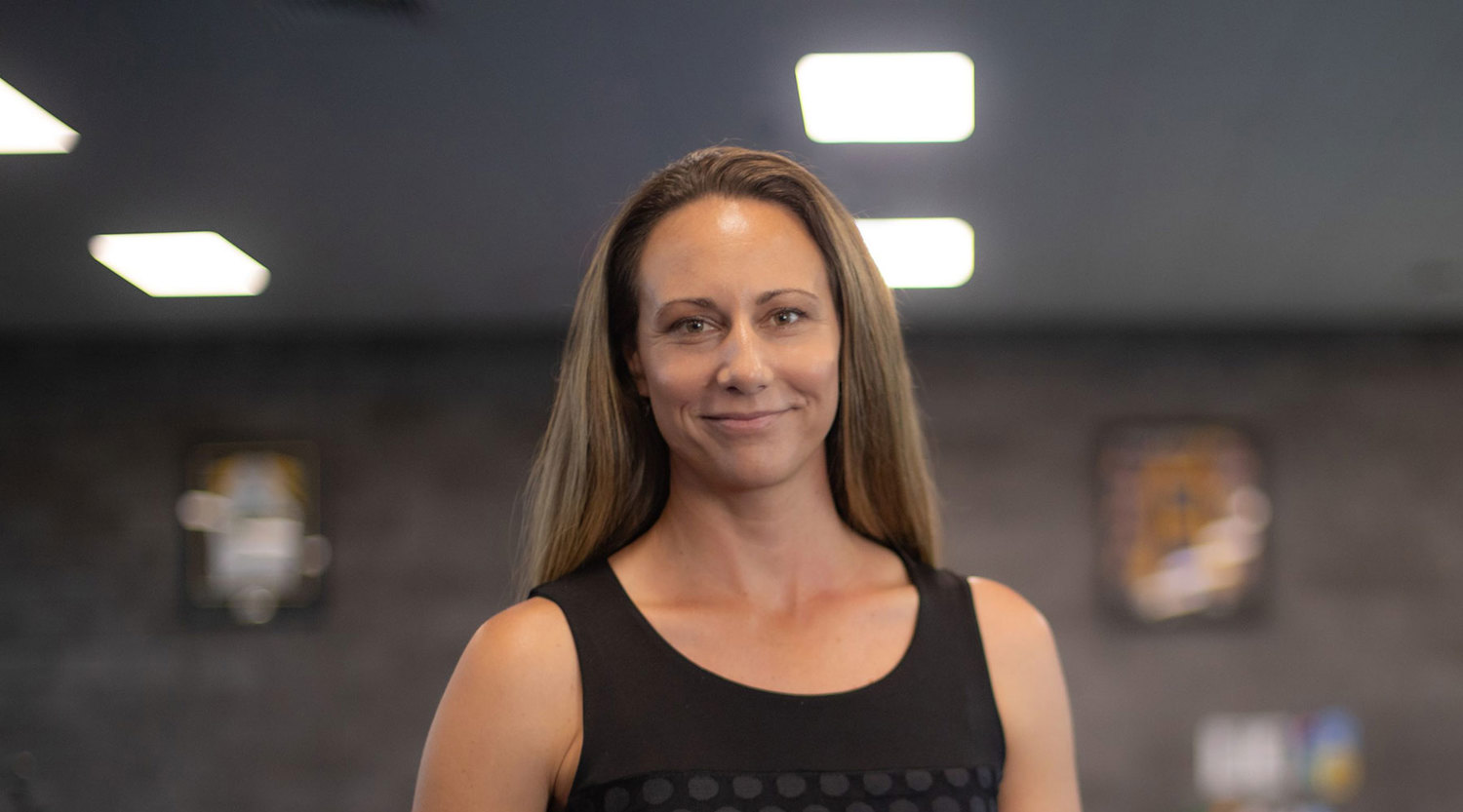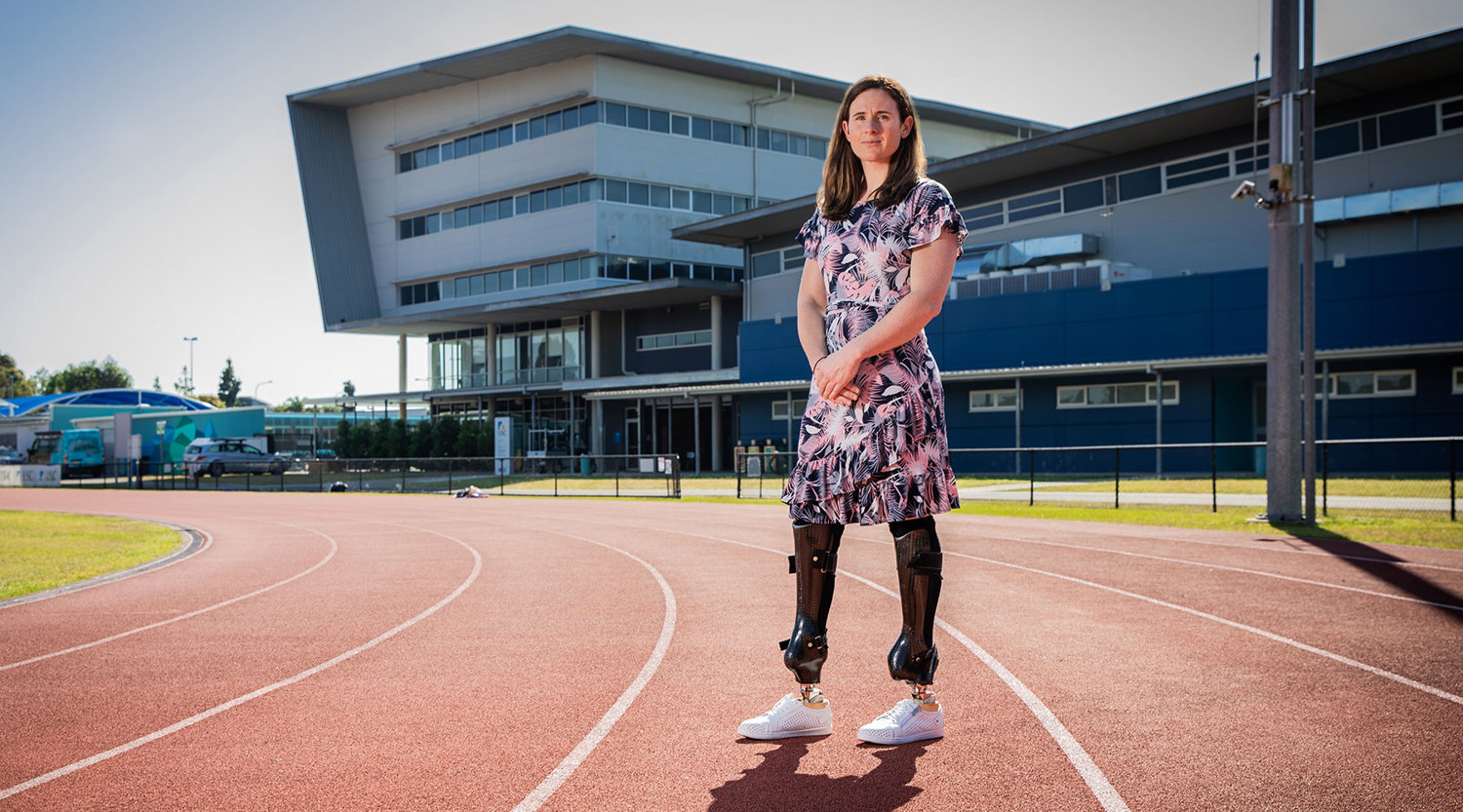UniSC staff taking action for equality
For International Women's Day we spoke to 12 UniSC staff who are forging ahead in their fields to create equal opportunities for women. They work in tech, sports, leadership, arts - all traditionally male-dominated industries. Each of them made powerful points about how far we’ve come, and how far we still need to go to #breakthebias
Forge women’s equality in tech
Natalie McMaster
UniSC’s Make Integrate Explore program teaching coding to girls
As a woman there are so many challenges that come up in my daily life, and I am still perplexed why science or tech has not come with a solution yet.
We need more women designing and creating tech solutions FOR women, because we know what will make our lives better.
But girls tend to follow the career paths of their mothers, and so we’re still seeing very low numbers of women following careers in tech, let alone addressing women’s challenges there.
What we need is a generational change in the unconscious bias about tech and STEM – which is that they are primarily male-oriented careers. The missing piece, I think, is to educate parents, carers and the whole community on how the field is changing.
Raising the aspirations and mindsets of girls will ultimately improve the economic mobility of women and their children as they become role models for the next generations.
Dr Erica Mealy
Computer Science program coordinator ‘technology and design evangelist’
I have been on hiring committees where male applicants outnumber females 4 to 1.
Tech has a perception problem. It is not just about ‘nerds in basements’ but is a vibrant and people-focused type of a job.
When women seek careers helping humanity or improving the world, they may not realise the diverse skills they can bring to advancing these causes through technology. For example, systems implemented at a wildlife hospital allows a charity to focus on helping sick animals (instead of admin tasks), while cyber security analysts ensured that cars and bank accounts aren’t hacked.
Without technology we wouldn’t have pacemakers, cochlear implants, environmental monitoring, telecommunications and other life-changing breakthroughs.
Ultimately, the goal of technology is to support our lives so we need women represented in our designers and technologists. Women need tech, so tech needs women.
To women I would say - The world misses out on what you can uniquely bring to the tech space if you don’t give it a try.
Elevate visibility of women creatives
Megan Williams
Manager, UniSC Art Gallery; Vice-President Sunshine Coast Creative Alliance
Culture is a way we learn about ourselves, others and our history.
Women artists bring their own valuable and unique perspectives, yet many artists struggle to sustain their careers for several reasons.
The arts sector is small, competitive and careers are not clearly defined. Women have been discriminated against for centuries and the sector has typically failed to support them.
Women artists and arts workers earn 25 per cent less than their male colleagues, and as most artists operate as independent contractors, income is sporadic.
In recent years there has been a spike in the visibility of women artists due in part to The Countess Report. Women artists have gained gender parity in exhibitions, grant funding and art prizes. Now it’s time to bridge the pay gap.
Dr Karen Hands
Creative Industries lecturer, Arts Queensland peer assessor
At its heart, the arts and creative industries are about telling stories and solving problems. Stories written by women writers help readers form and understand identities and can challenge gender stereotypes.
But a lack of visibility means that women’s capacity to earn income from their writing remains compromised, and this has a systemic effect.
Recent data suggests that on average, Australian writers earn only $15,000 per year from their writing . This forces writers to supplement their writing time with other paid work and, of course, women are further impacted here by the gender pay gap.
These factors detract from the time writers have to develop and promote their work. For women with caring responsibilities, this cuts deeper as the added emotional load of caring also takes its toll.
Through the combined effort of literary organisations and publications, an enthusiastic audience, and the phenomenal work of Stella, an organisation that advocates for gender equality in Australian publishing, I believe the visibility of women writers will continue to rise.
Build inclusive workplaces so women thrive
Elise Jione
General Manager, UniSC Thompson Institute, Sunshine Coast Young Businesswoman of the Year
A few years ago, I was told that I should reconsider postgraduate study and pursuing my career because I had responsibilities as a mother.
As women, there are often times where we are made to feel like it is either one or the other – but not both.
It’s important that we are shifting this mindset through role modelling our decisions to others, inspiring the people around us to know that it is possible break the mould.
Through shared experiences, authentic connections, networks and a platform of empowerment, women can build each other up and have each other’s backs.
Genuine and authentic connection, vulnerability and being your true self I think are so valuable because connecting with the people around you is so important.
Most important though, is empathy. When tough decisions need to be made, you can put yourself in someone else’s shoes and have a truly considered approach to creating a workplace where everyone can thrive.
Professor Helen Bartlett
Vice-Chancellor and President, UniSC
When I started my academic career in the United Kingdom, universities were mostly led by males - and I did not imagine this would be a career option for me.
While today in Queensland, five out of eight universities are led by female Vice-Chancellors, across Australia only 27 per cent of VC roles are held by women. Furthermore, at the most senior academic level, 86 percent more men than women hold professorial positions (levels D & E).
I am very proud that at UniSC, half of our Executive team are women. But more than that, we see outstanding female leaders all around our university. While we have more work to do in achieving gender balance at professorial level, women are well represented in other leadership roles from heads of schools to directors of departments.
This visibility provides role models for our female students and graduates, inspiring them to aim for positions of leadership in their respective fields where they can create workplaces that empower other women to thrive.
I believe that the work we are doing in promoting female leadership on campus and removing the “glass ceilings” that still exist, will have an impact far beyond the walls of our institution.
Forge women’s empowerment worldwide
Dr Libby Swanepoel
Seaweed scientist, helping Pacific women become empowered through new industry
Women’s empowerment is about providing opportunities for women to use the power that they have, and having an equal seat at the table.
I used to think that some of the qualities that strengthen us as women, also make us appear weak. It wasn’t until I became a mum that I recognised the value of these qualities, such as curiosity, intuition, and forgiveness, and I draw on these in my research.
For women to step up and succeed, in many cases we need different support than our male counterparts – and to enable this, we need different resources and support systems.
In Australia, it might be flexible work arrangements, support with childcare or paid parental leave. In the Pacific, where I conduct a lot of my nutrition research, supportive actions include making it easier for girls to go to school, fewer girls being forced into early marriage, and more women assuming leadership positions.
But we need joint action. Women’s empowerment is not just about women having each other’s backs. Support needs to come from all sides.
Dr Sarah Casey
Communications researcher, Real Rural Women’s leadership project
As we see some women ‘succeeding’, there’s this idea that women’s empowerment has already happened, and there’s no urgency.
This is of course not the full picture.
There are still big challenges such as the lack of affordable and available housing, and gender-based violence – particularly in the bush where digital, education and support divides are often greater. These all prevent real empowerment as do extreme conditions such as long-term drought.
The notion of empowerment is often seen as an individual responsibility to be strong, resilient and to make a better life, but issues are cultural and structural and cannot be changed or challenged by individuals working alone.
We need to advocate for change from the grassroots to the top and show women how to access people in positions of power or connect them to changemakers. The National Rural Women’s Coalition and the Australian Women’s and Gender Studies Association are working to ensure a diversity of voices are heard.
My lived experience growing up in rural Australia inspired me to highlight stories and help people advocate for change.
Empower women’s choice in health
Dr Mia Schaumberg
Senior Physiology Lecturer, women’s health researcher (currently healthy ageing, dementia and menopause)
Women’s health and medical research is still often considered a niche field, and in many cases women are still prescribed medications, diagnoses or guidelines that are based predominantly on male-only research – and this is leading to poorer health outcomes for women of all ages.
This bias needs to be resolved if we are to close the gender-gap in health and medical research.
We know that hormones, body composition and metabolism can impact outcomes – so what is suitable for men may not necessarily be suitable for women.
Women’s choices in health need to be underpinned by high-quality female-specific research that considers their unique physiology across the age-span.
It is so great to see our young female researchers at UniSC paving the way forward in women’s health research as the future female research leaders.
And I love to see amazing women keen to participate in our studies so that we can correct these gender imbalances in our medical understanding.
Dr Kate Mulgrew
Psychology academic, media and body image researcher; Deputy Head, Research, School of Health and Behavioural Sciences
Women are told that a well-functioning and healthy body is one that looks good
Instead of focusing on the way our body looks, we should encourage women into joyful physical activity that helps them feel good and connect to their body in a meaningful way.
Your body helps you go on a hike, dance with your children, and protects you from illness. The positive body image movement encourages women to hold a compassionate and appreciative attitude towards our bodies in which we get to experience life.
Humour, like Celeste Barber’s parodies, can be a great tool in shifting how women view the “fit ideal” presented so often on social media. It can improve body satisfaction and positive mood, and result in greater critical appraisal of unrealistic beauty standards.
Public health campaigns that include different body sizes, shapes and abilities – with sweating, red faces, cellulite and bits that jiggle - can normalise how we often look during exercise.
We need to diversify the way that we view our bodies so that we engage in health promoting behaviours for non-appearance reasons, reduce weight stigma, and increase acceptance of normal body variations.
Applaud equality for women in sport
Kristy Ellis
UniSC Relationship Liaison Officer, High Performance Sport Former athlete
It’s not just about the prize money. How we portray female sportspeople needs to change.
One study found that words associated with male athletes in the media were: mastermind, battle, fastest, strong, dominate, real, great, win, male, beat, big, man.
Meanwhile, the words associated with female athletes were: unmarried, married, ladies, older, participate, women, pregnant, aged, compete, strive, girls.
On top of this, female athletes are 20 percent more likely to be spoken for by their coach, nine times more likely to be pictured with a male spouse or partner, 67 percent less likely to be the lead story, and 39 percent more likely to be referred to as ‘girls’ - especially by male journalists.
We are on the right track and the intention is there to resolve this bias, but we still need constant review of all areas of the sporting environment to highlight the discrepancies.
Grassroots is a key opportunity. We know that our children are not born with a bias – they learn it from us.
So for schools to celebrate the women’s events as well as the mens’, for example, would be a great place to break the bias.
Dr Bridie Kean
Paralympic medalist, UniSC academic
I am so excited for the 2032 Paralympic Games in Brisbane – what an enormous opportunity for getting more girls with a disability involved in all levels of para-sport.
While the Paralympic movement has advanced the opportunities for high-performance athletes, we still need to see this reflected at all levels, including girls and women with a disability.
One of the first steps to ensuring grassroots sport is more accessible to girls and women with a disability is understanding the barriers to getting involved in sport.
What is standing in the way and how can we create a fairer playing field?
Could schools be offering more, could sports clubs be more accessible?
Everyone deserves access to sport, but for us to really improve that access for women with a disability, we need to find out what is stopping them – and changing that.
Media enquiries: Please contact the Media Team media@usc.edu.au

